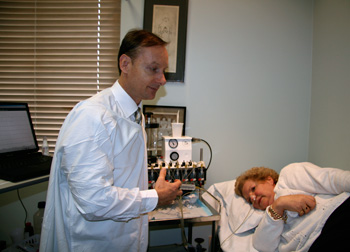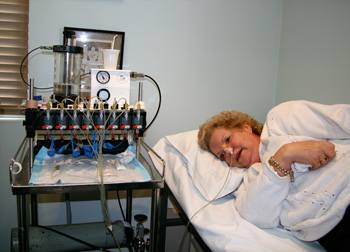03 9331 3122 4/8 Eddy Street, Moonee Ponds VIC 3039
Oesophageal manometry is a test to measure the strength and function of the oesophagus (the “food pipe” ). A thin tube (catheter) with holes in it that can sense pressure is placed down the oesophagus. Results can help identify causes of heartburn, swallowing problems, or chest pain. The test can also help plan surgery and determine the success of previous surgery.
Be sure to talk to your doctor about any medications you take . Some medications can affect the test results. Also ask any questions you have about the risks of the test. These include irritation to the nose and throat.
Manometry takes about 30 minutes. It is preformed by our practice nurse at our Moonee Ponds consulting suites.


Your nose and throat arc numbed. Then a soft, thin tube is placed through the nose and down the oesophagus. At first you may notice a gagging feeling.
You will he asked to swallow several times. Sometimes you may swallow liquid. You may also be asked to take deep breaths. Holes along the tube measure the pressure while you swallow. Measurements arc printed out as tracings, much like a heart test tracing. After the test, another catheter may he left in the oesophagus for up to 24 hours to measure acid (pH) levels
The oesophagus is a muscular tube that moves food from the mouth to the stomach. The oesophagus has valves at the top ( upper oesophageal sphincter or UES) and bottom (lower oesophageal sphincter or LES). These valves control the flow of food . The stomach is below the LES.
When you swallow, food starts to move down the oesophagus toward the stomach.
In a normal swallow, muscles lighten in sequence along the wall of the oesophagus. This sends food down smoothly.
Problems with swallowing occur when the muscles don’t tighten properly. Sometimes the muscles stay tightened (spasm) or tighten out of sequence .
Results will be discussed with your referring doctor at another appointment. This is because time is needed to review the readings.
You may have a mild sore throat for a short time but you can return right away to eating and your normal activities.